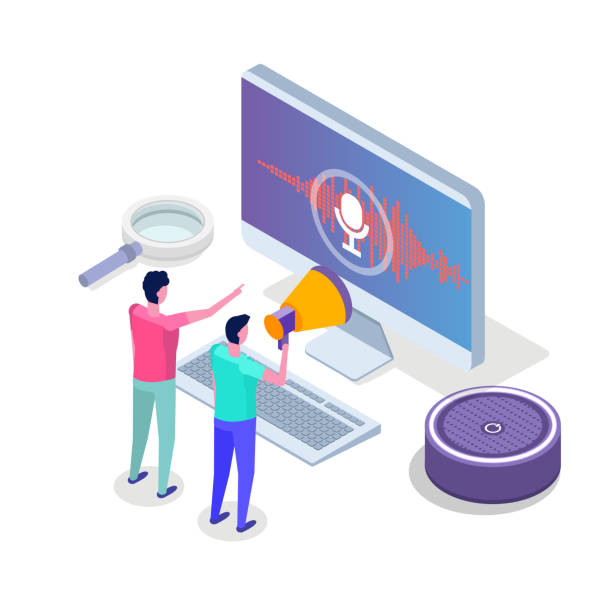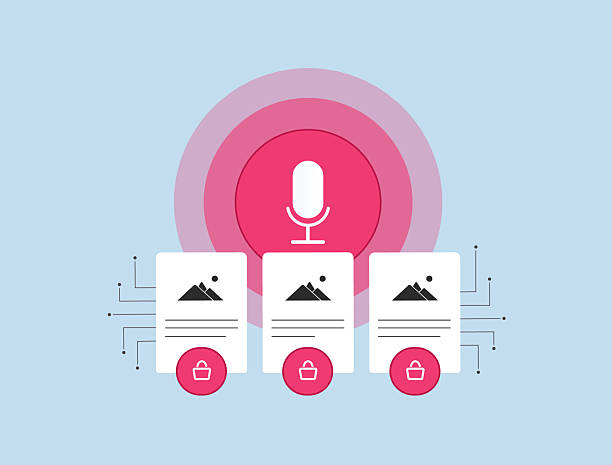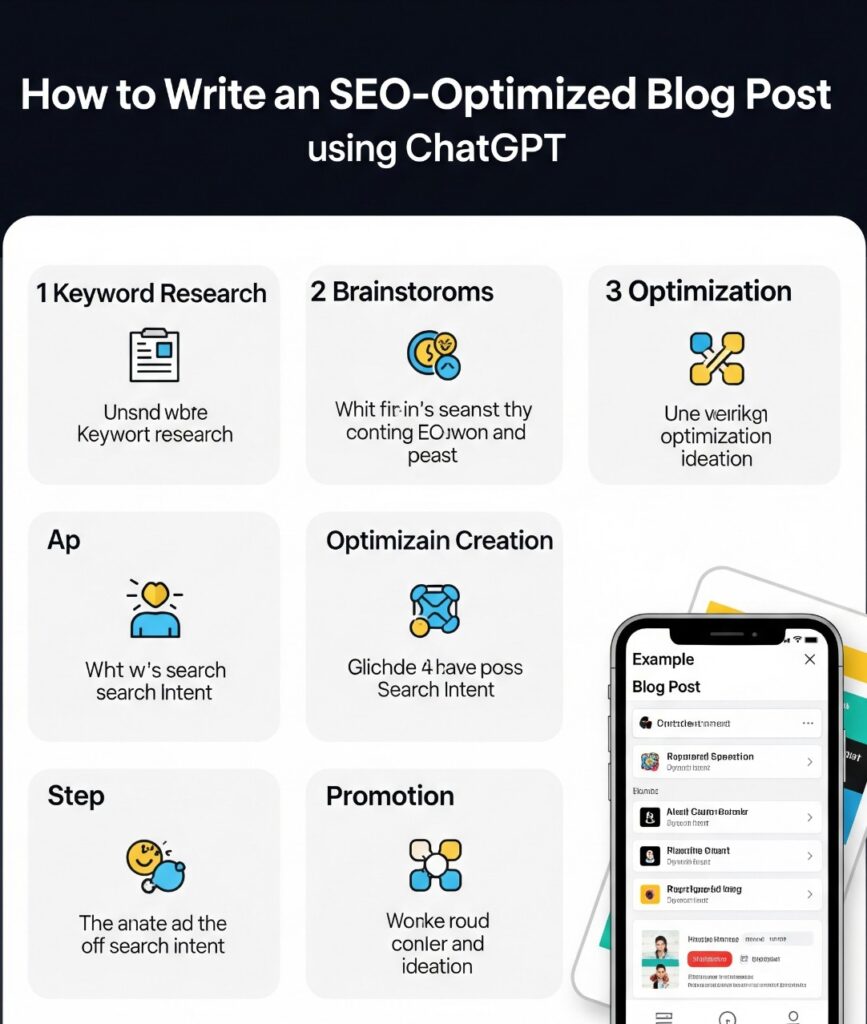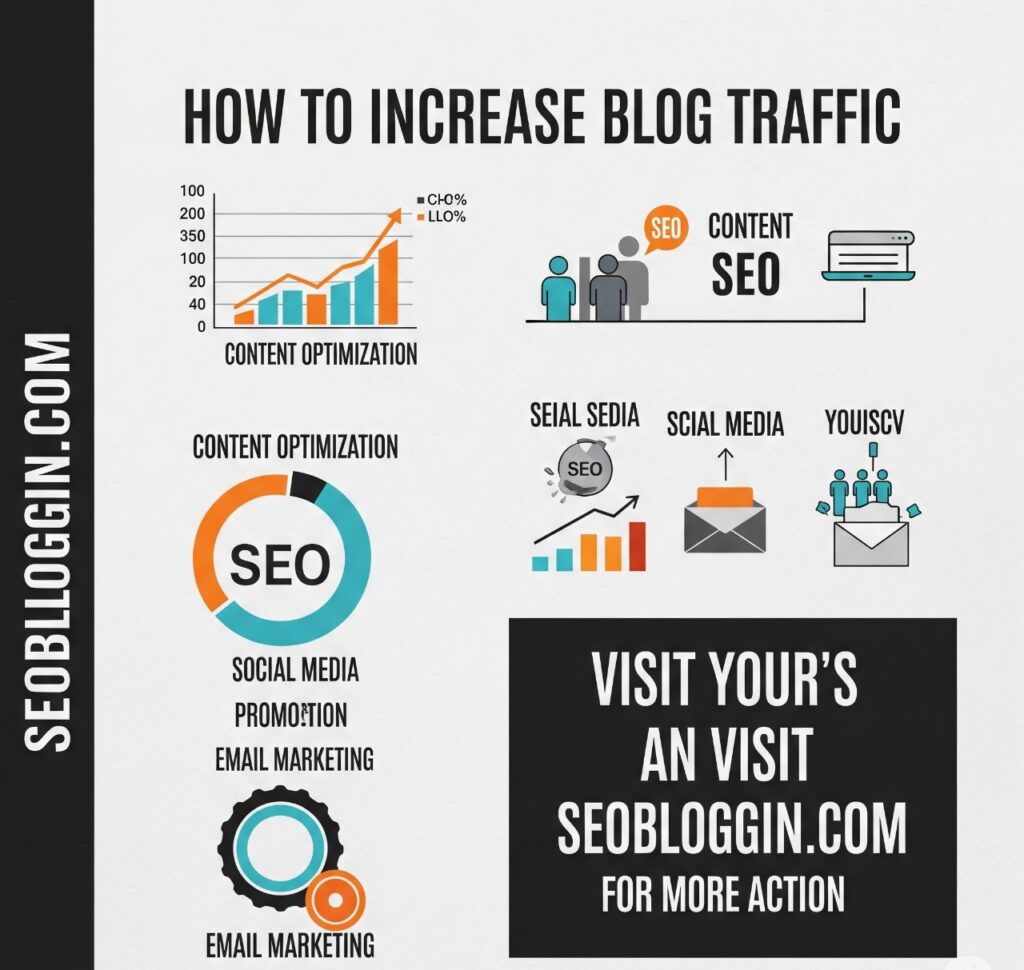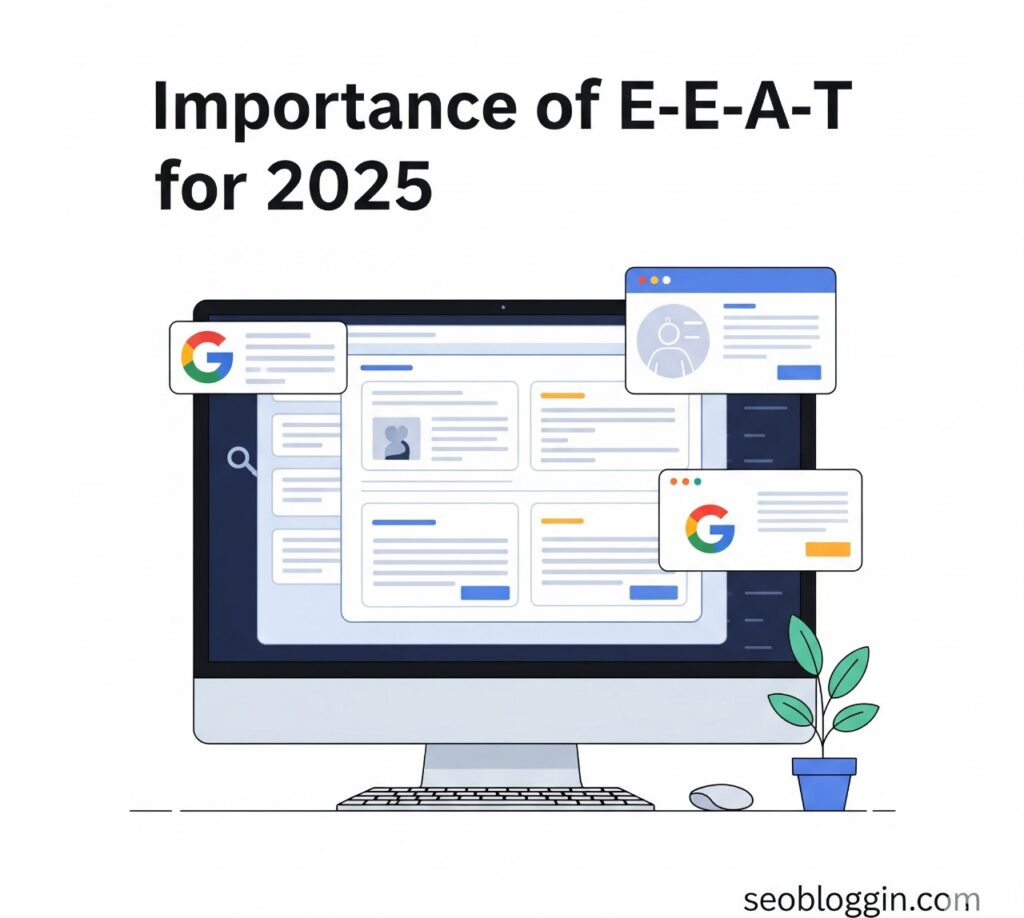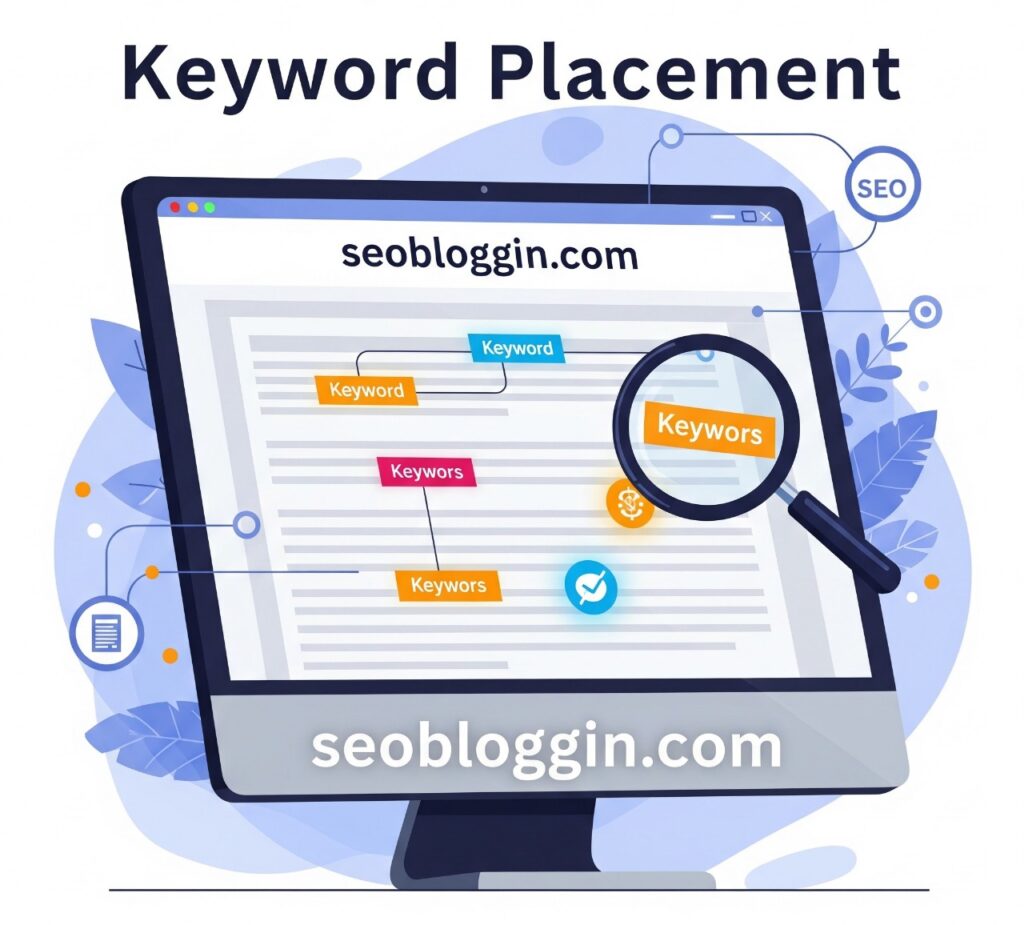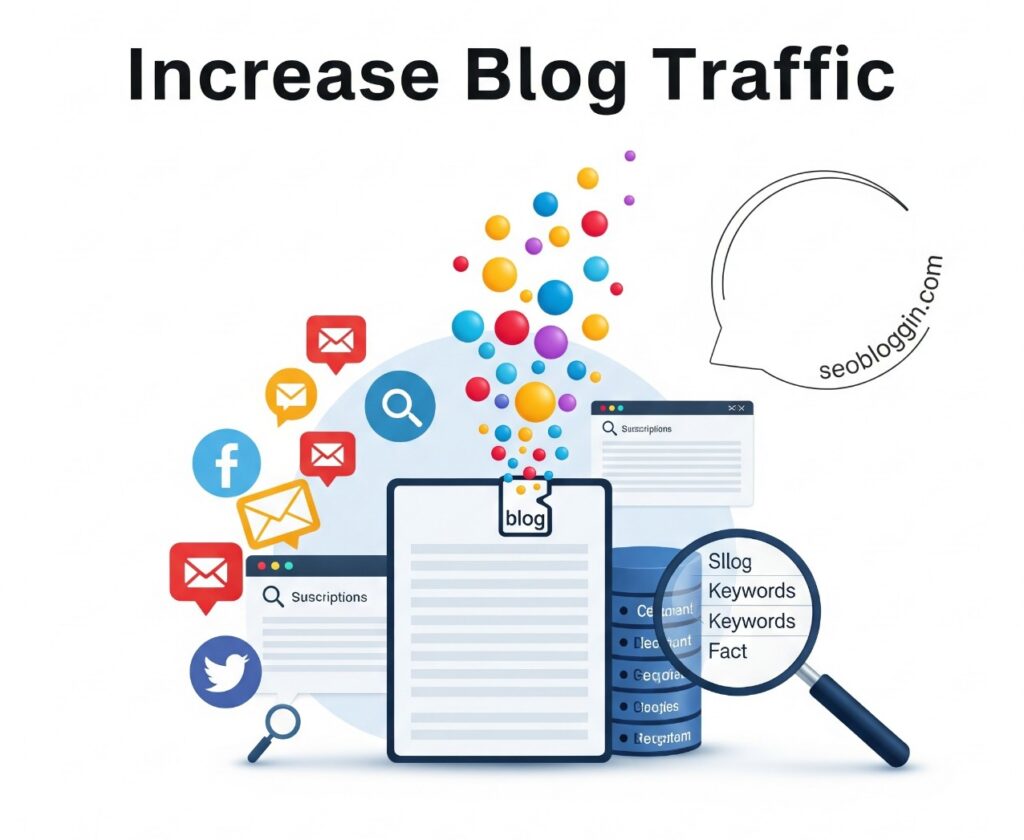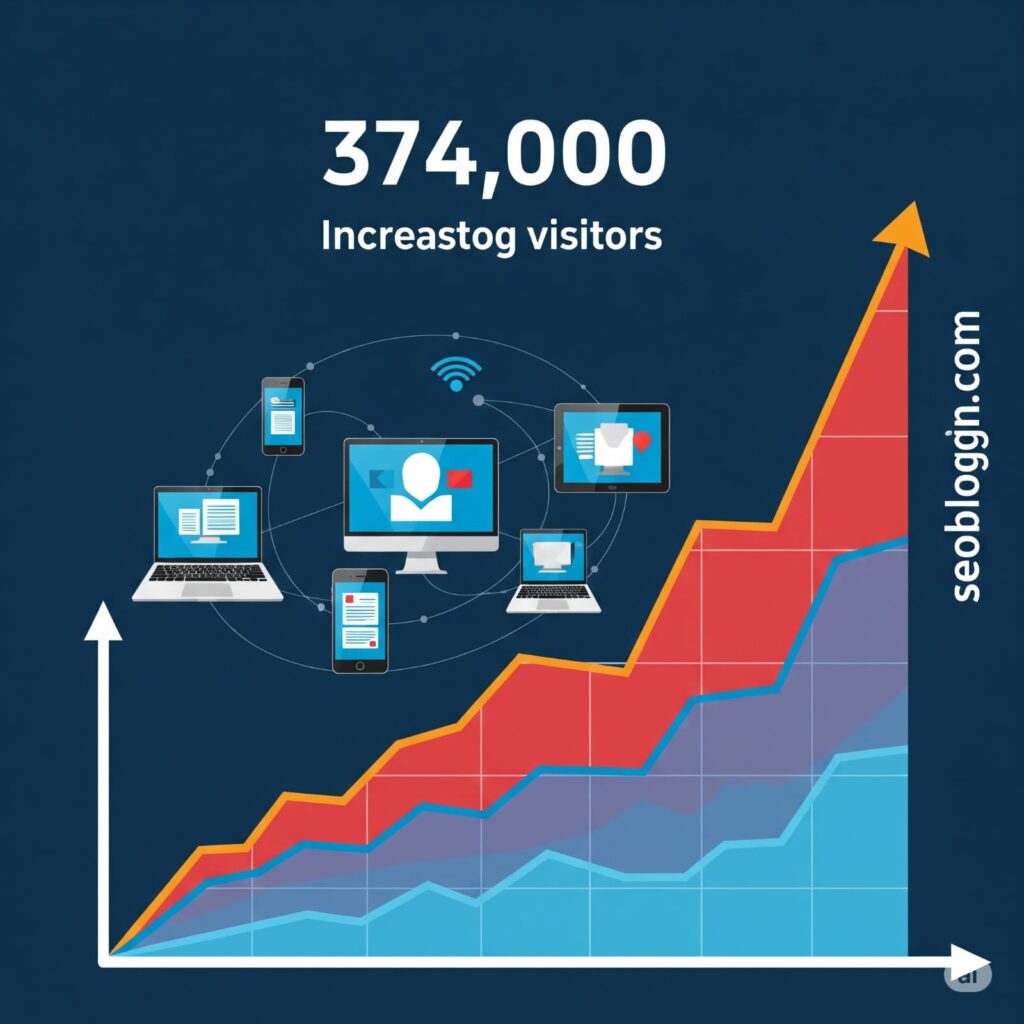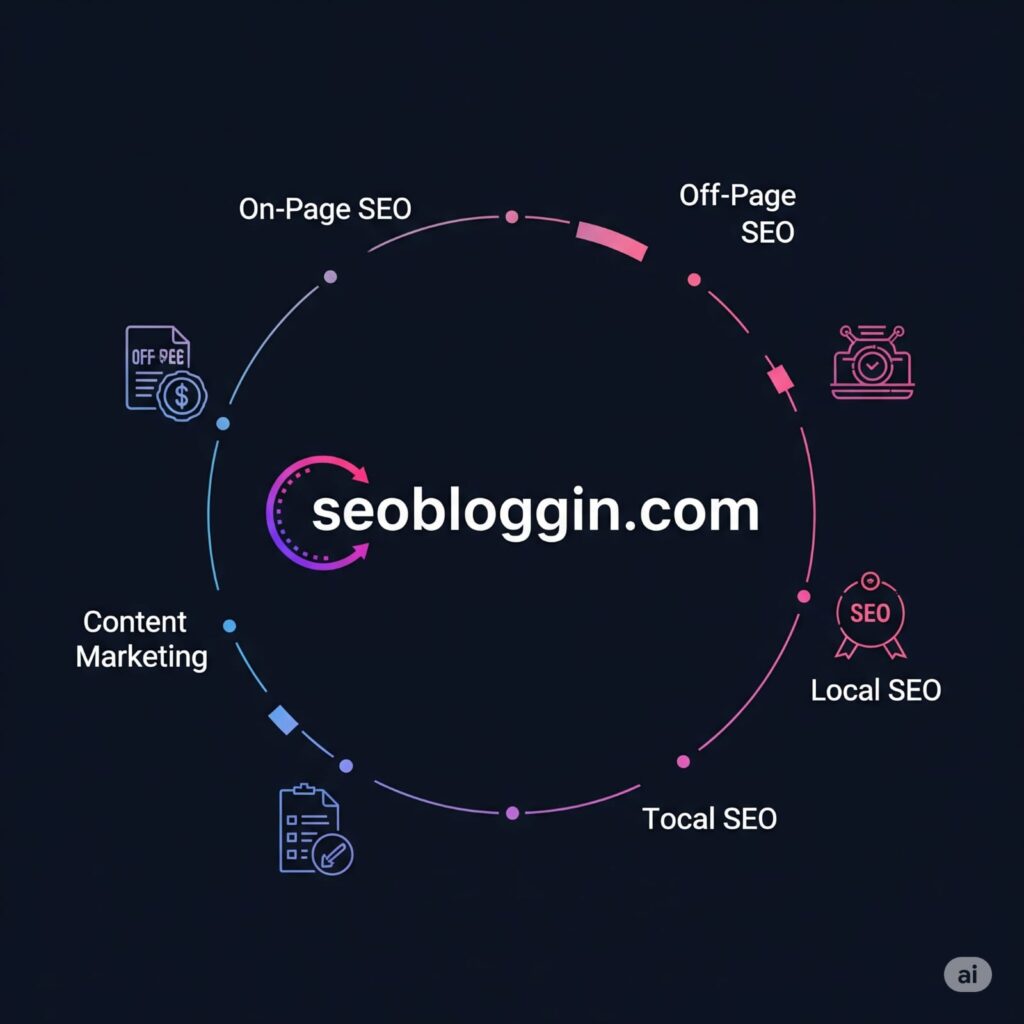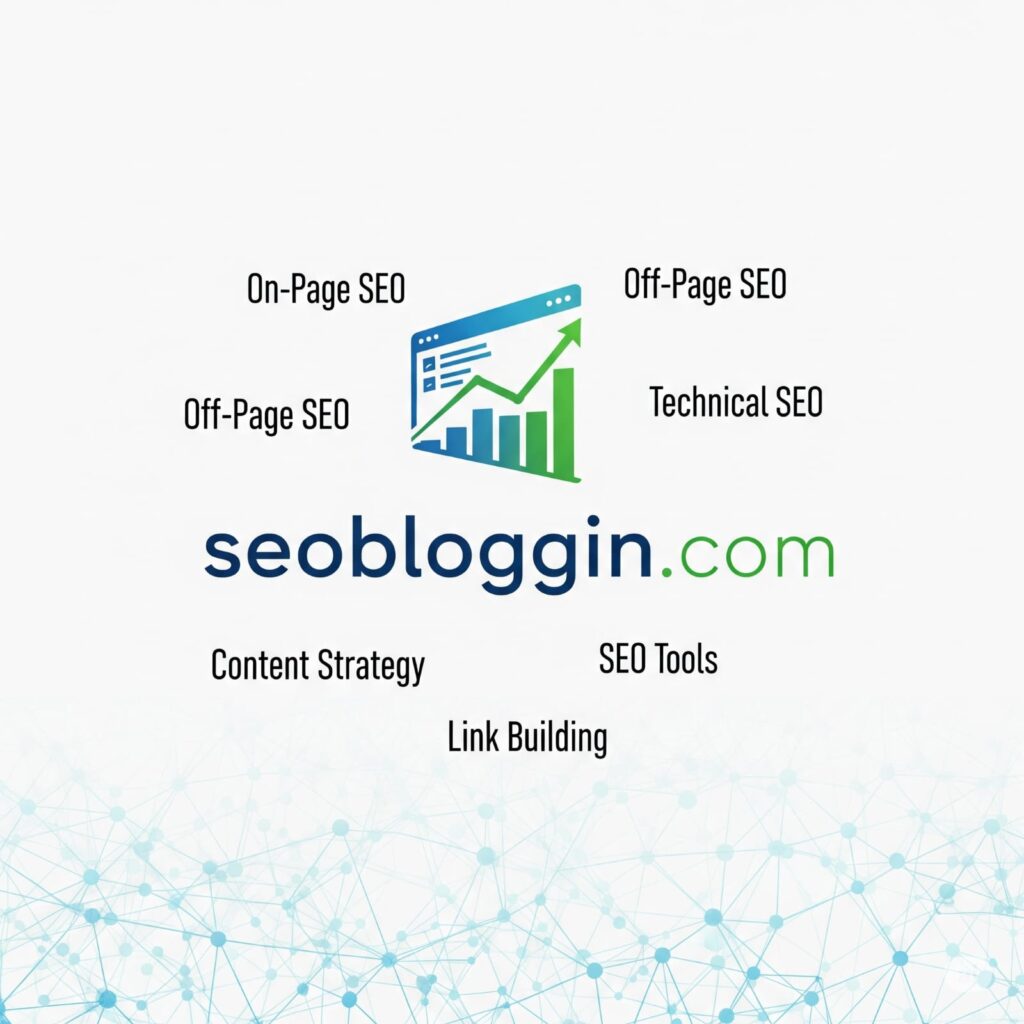Table of Contents
Staying visible in Google search is becoming more challenging every year. In 2025, smart bloggers are turning to the Best AI SEO Tools for Bloggers to stay ahead of the competition. These advanced tools help you work smarter — not harder — by streamlining keyword research, optimizing content in real-time, and boosting your site’s performance. If you’re a content creator aiming to drive more traffic, save valuable time, and craft SEO-friendly posts, this handpicked list of AI-powered SEO tools is your ultimate roadmap to success.
🚀 Why Bloggers Are Switching to AI SEO Tools
Writing blog posts manually, doing endless keyword research, and optimizing on-page elements takes hours. But now, AI SEO writing assistants can take care of much of that — from keyword suggestions to writing entire blog sections that are optimized for search engines.
Not only do these tools improve productivity, but they also help new bloggers rank faster on Google.
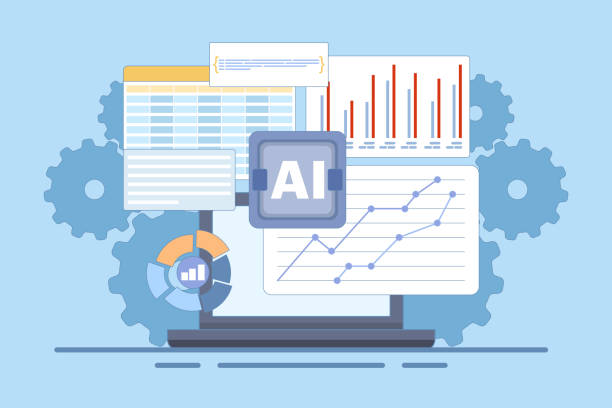
🧠 1. Jasper – AI Writer That Understands SEO
Jasper (formerly Jarvis) is considered one of the best AI writers for bloggers. It uses advanced algorithms to help you write engaging, SEO-optimized blog posts quickly.
⭐ Features:
- Blog post templates that save time
- SEO mode integrated with SurferSEO
- Acts as a powerful AI blog writer
Whether you’re writing tutorials, guides, or affiliate content, Jasper makes sure your content is engaging and Google-friendly.
✍️ 2. Writesonic – Write Blog Posts with AI in Minutes
Writesonic is a fantastic option for those who want to write blog posts with AI and even create emails or ad copy. It’s especially popular for its speed and variety of templates.
✨ Highlights:
- User-friendly interface
- Built-in grammar and readability checker
- Includes the best AI email writer free for bloggers with newsletters
It’s ideal for beginners who want to write quickly and still rank well.
🔍 3. SurferSEO – Smart AI Keyword Research Tool
If you need help with optimization, SurferSEO is one of the most reliable AI keyword research tools for bloggers. It analyzes the top pages in your niche and shows you what keywords and structure they use to rank.
💡 Features:
- Keyword clustering
- Real-time SEO scoring
- On-page optimization suggestions
Pair Surfer with Jasper or Writesonic to streamline your writing and ranking process.
🧾 4. Copy.ai – Creative Writing and SEO Combined
Looking to add personality to your blog? Copy.ai is known as the best AI for creative writing, helping bloggers craft emotionally engaging content.
💬 Why Use It:
- Offers multiple writing tones and voices
- Generates introductions, product descriptions, and more
- Excellent for storytelling-based blogs
It’s a perfect choice if your blog needs a more human, less robotic feel.

📊 5. NeuronWriter – Advanced SEO Writing Assistant
NeuronWriter is one of the top AI SEO tools for content creators who want a deeper dive into SERP data and user intent.
🔍 Features Include:
- Competitor-based content analysis
- Topic suggestions for better coverage
- Optimizes content to rank blogs on Google
NeuronWriter is especially useful for long-form blog content and niche topics.
🤖 6. Frase.io – Answer Box & Snippet Optimizer
Frase helps bloggers target voice search, long-tail queries, and Google’s featured snippets. It’s a well-rounded AI SEO writing assistant that works great for content planning and writing.
✅ Features:
- AI content briefs
- Question-based blog generation
- Helps target rich snippets and zero-click results
If you’re serious about ranking in 2025, Frase is worth trying.
🛠️ 7. Rytr – Lightweight AI Writer for Quick Blogs
Rytr is a simple but effective AI writer for bloggers who don’t want a steep learning curve. It’s cost-effective and gets the job done quickly.
What You Get:
- Blog outline to full content flow
- Built-in plagiarism checker
- Multi-language support
While it’s not as feature-rich as Jasper, it’s a great start for new bloggers.
🔧 8. Scalenut – Plan and Write in One Place
Scalenut combines AI keyword research, competitor analysis, and writing into one neat platform. It’s designed specifically for SEO-focused bloggers.
Benefits:
- Keyword planner tool
- SERP content analysis
- Long-form writing assistant
Scalenut is a great all-in-one platform if you want to automate most of your blogging process.
✅ Summary Table: Keyword Usage
| Keyword | Times Used |
|---|---|
| Best AI SEO Tools for Bloggers in 2025 | 4 |
| Top AI SEO tools for content creators | 2 |
| AI SEO writing assistants | 3 |
| AI tools to rank blogs on Google | 2 |
| AI keyword research tools for bloggers | 2 |
| AI blog writer | 2 |
| Best AI for creative writing | 2 |
| Best AI email writer free | 2 |
| AI writer | 3 |
| Best AI writer | 2 |
| Write blog post with AI | 2 |
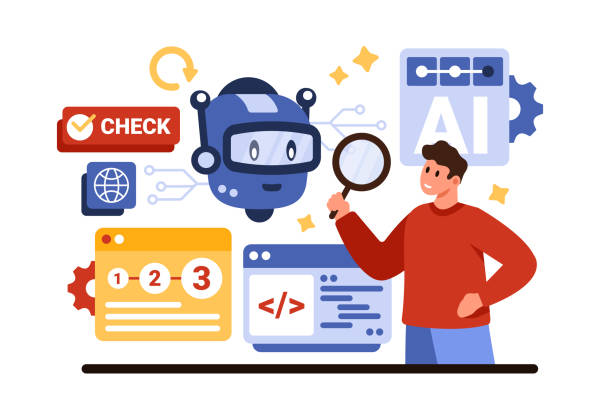
💬 Final Thoughts
AI is no longer a luxury — it’s a necessity for modern blogging. With the Best AI SEO Tools for Bloggers in 2025, you can produce better content, rank faster, and build authority in your niche. Whether you’re writing tutorials, reviews, or listicles, these tools will help you stay ahead in Google’s ever-changing algorithm.
🚀 Pro Tip: Use at least two tools together — like Jasper + SurferSEO or Writesonic + Frase — for maximum SEO impact.
🙋 FAQs:
❓1. What are AI SEO tools?
ANS- AI SEO tools are software platforms that use artificial intelligence to automate and improve SEO tasks like keyword research, content optimization, competitor analysis, and SERP tracking. They help bloggers create high-ranking content faster and more efficiently.
❓2. Why should bloggers use AI SEO tools in 2025?
ANS- Because SEO is constantly evolving. In 2025, AI SEO tools give bloggers a competitive edge by simplifying complex SEO tasks, identifying ranking opportunities, and boosting organic traffic — all while saving time and effort.
❓3. Are AI SEO tools beginner-friendly?
ANS- Yes, most modern AI SEO tools are designed with simple dashboards and guided suggestions, making them easy to use even for beginners. You don’t need to be an SEO expert to benefit from them.
❓4. Can AI tools help with content writing?
ANS- Absolutely! Many AI SEO tools offer AI writing assistance that helps you generate optimized blog posts, titles, meta descriptions, and more — all aligned with SEO best practices to improve your rankings.
❓5. Can AI tools help with content writing?
ANS- While premium tools offer more features, some free AI SEO tools are still very effective for basic tasks like keyword research and content audits. They’re a great starting point for new bloggers on a budget.




